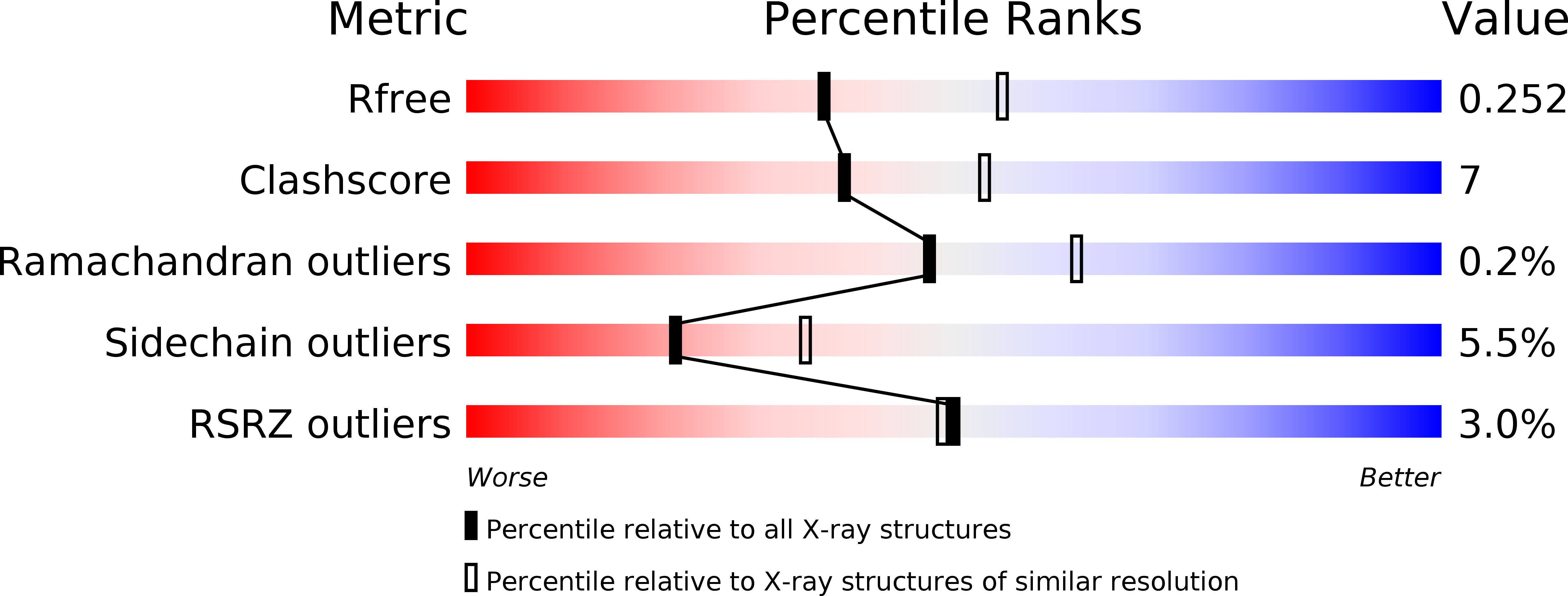
Deposition Date
2013-05-24
Release Date
2013-07-31
Last Version Date
2024-11-06
Entry Detail
PDB ID:
4KXB
Keywords:
Title:
Crystal structure of human aminopeptidase A complexed with bestatin
Biological Source:
Source Organism:
Homo sapiens (Taxon ID: 9606)
Host Organism:
Method Details:
Experimental Method:
Resolution:
2.40 Å
R-Value Free:
0.25
R-Value Work:
0.17
R-Value Observed:
0.17
Space Group:
P 64 2 2


